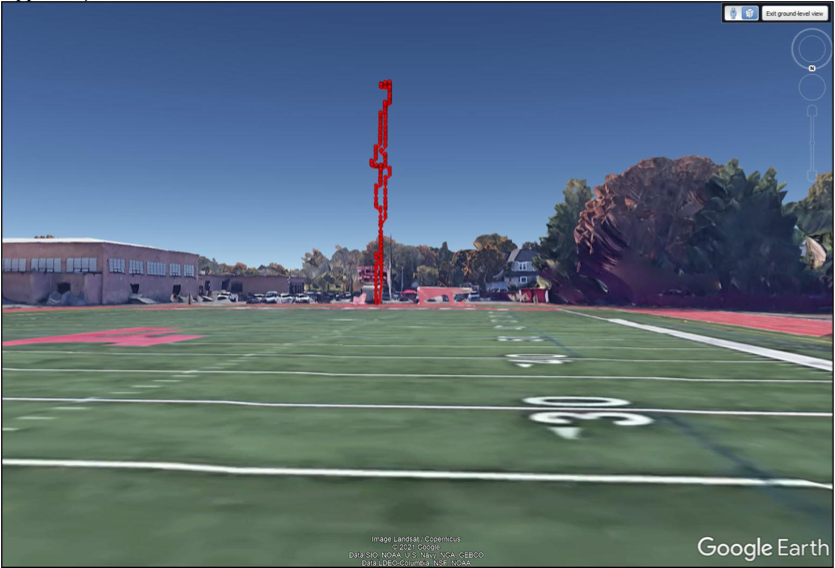Mission complete: Phase 2 of the national challenge concludes
April 28 marked the end of a successful Flight Week, with all five finalist teams launching their CubeSat prototypes. After submitting their flight reports to the U.S. Department of Education earlier this month, the teams have now completed the final phase of CTE Mission: CubeSat.
Students adapt to launch CubeSat prototypes
Designing, building, and launching a CubeSat prototype challenges students to learn by doing, but the teams also had to adapt to remote learning during the pandemic. The finalists’ hard work paid off during Flight Week as teams triumphantly carried out their missions, studying topics important to their own communities — as well as broader space exploration.
“Since we failed in all our first attempts, the students learned the importance of perseverance. They also learned to rely on each other and capitalize on their strengths. In the summer, we plan to use the mathematical procedure explained to us by Viktor Danchev (EnduroSat) and construct a CubeSat that will take images of selected targets.”
— Freeport High School team

Challenge put CTE at the center of transformational learning experiences
Preparing students to create the future begins with transforming career and technical education (CTE) experiences in schools. Through the national challenge, the Department helped teachers reimagine CTE — breaking down barriers to rewarding careers and nurturing inventive minds.
“Our group is composed of a diverse population of women in STEM. Through this opportunity, we were able to blaze a trail for the young women in our school — as well as the young women in our district.”
— Princeton High School team
“This project not only helps students apply technical knowledge to real-world applications, but also helps teachers provide an engaging and relevant curriculum that will benefit students in a multitude of career pathways. The community service aspect gives students a sense of civic responsibility and a way to give back to their community.”
— Anderson Clark Magnet High School team
Students and teachers look at what comes next
The mission may be over, but CTE Mission: CubeSat is only one opportunity in a lifetime of learning. Having seen the impact of the projects on their students, the teams’ teachers are now examining how to incorporate similar hands-on learning in future CTE classes — as well as continuing student-led CubeSat projects.
“This project is the ultimate problem-based learning experience for students. The success that we have achieved with it will open doors for future collaborative projects to involve different types of classes and interests for students.”
— Mooresville High School team
“The current plan is to launch DREAMS flight 33 this fall and continue to collect data about the magnetometer’s capabilities. We are also considering entering NASA’s CubeQuest Challenge for the opportunity for our experiment to be flown to space.”
— Opelika High School team
Begin your own student-led CubeSat project
CTE Mission: CubeSat encourages interested students and teachers everywhere to start their own CubeSat projects by using the challenge resource hub. The hub offers curated educational resources, including virtual sessions with experts from academia, government, and industry.
Be the first to know about future Ed Prizes challenges
CTE Mission: CubeSat is part of Ed Prizes, a series of prize competitions to develop new products and services to both increase access to, and expand the capacity of, career and technical education. Sign up for the Ed Prizes newsletter and follow Ed Prizes on Twitter to receive future updates.
Editor’s note: Quotes have been edited for length and clarity.

